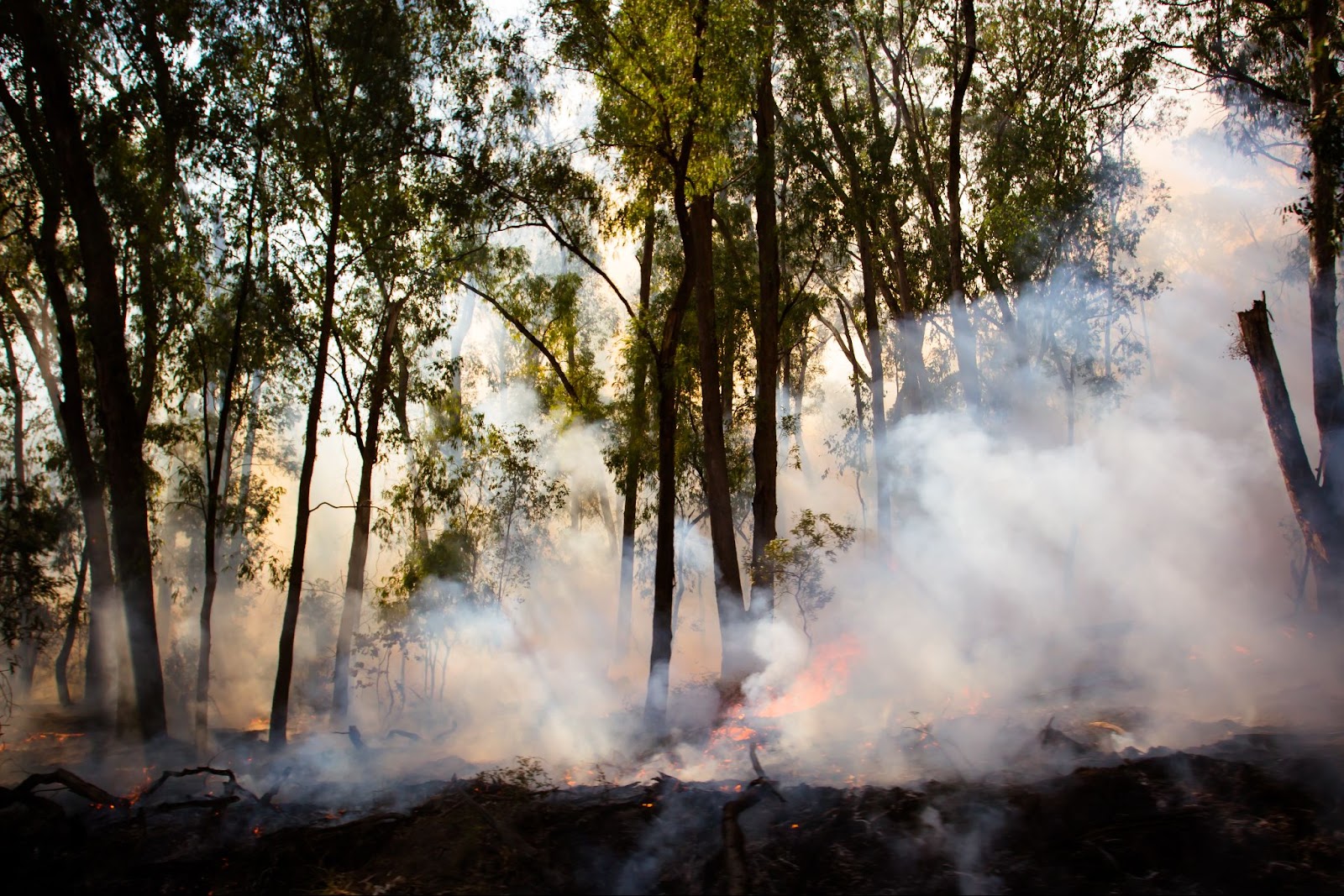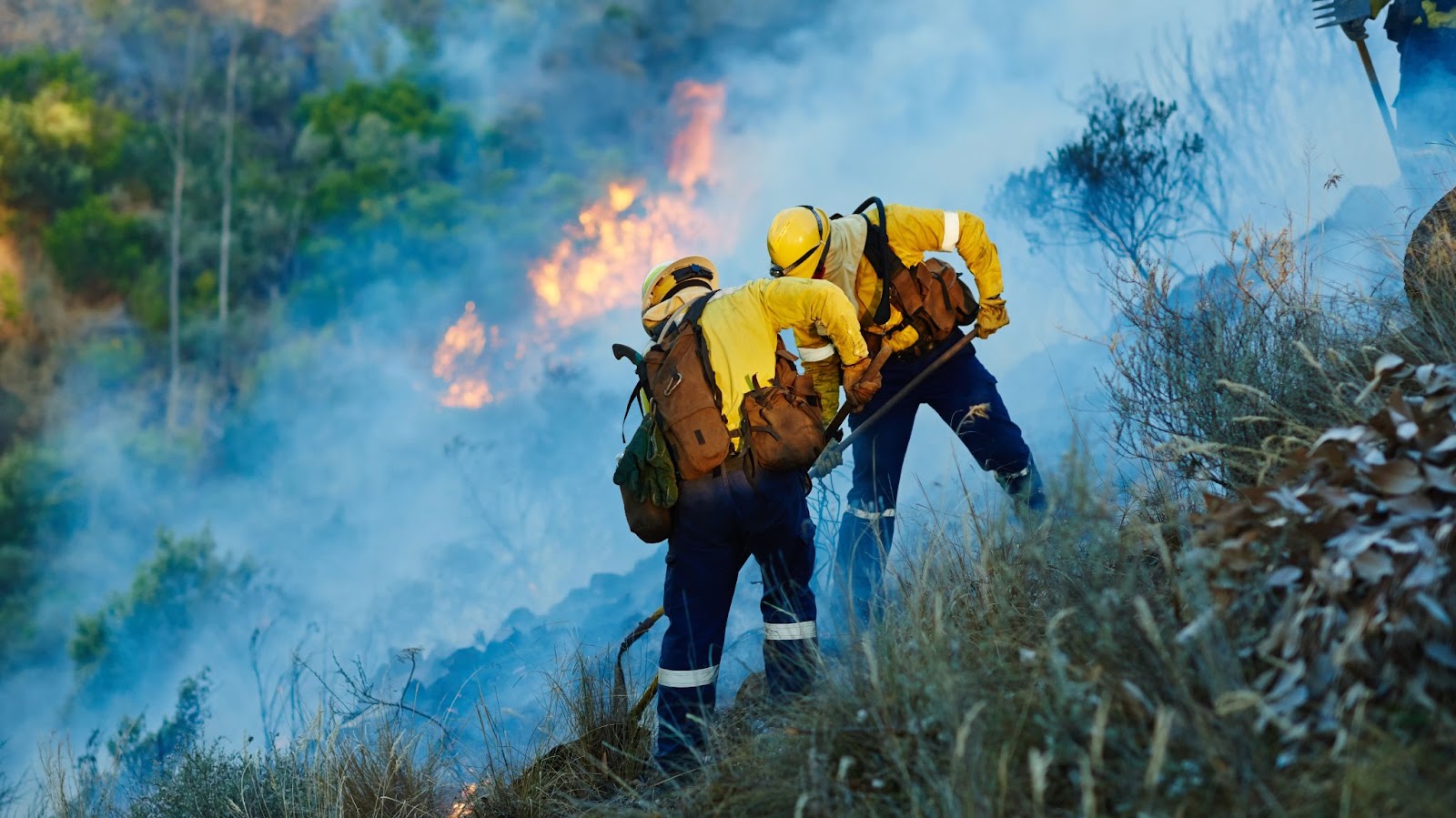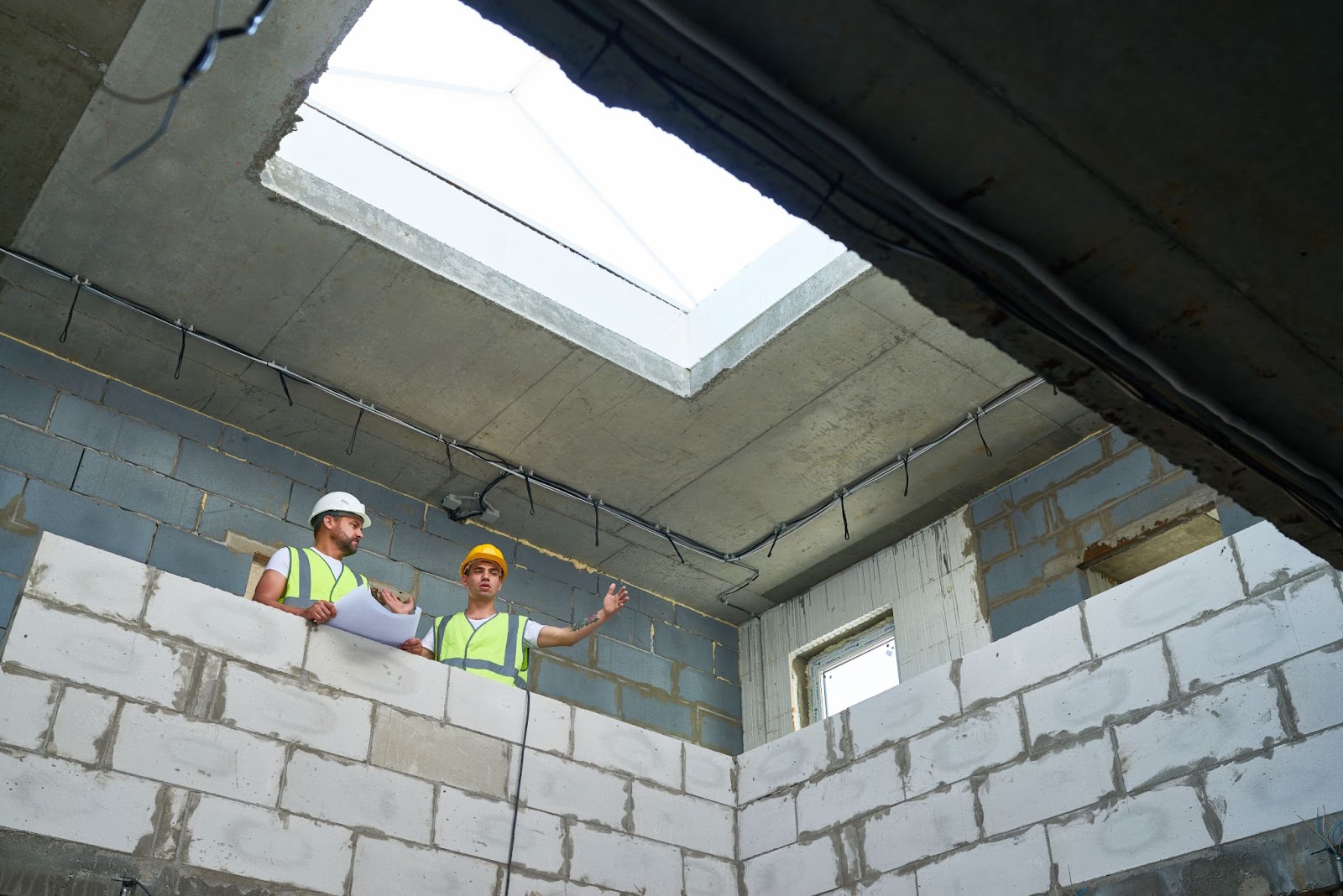As Australia heads into summer, preparing homes in bushfire-prone areas becomes a matter of utmost importance. In Victoria, legislation and building codes set out essential requirements to mitigate the risks associated with bushfires, aiming to protect lives, property, and the environment.
For homeowners and builders alike, understanding these legal requirements is critical to ensuring compliance and enhancing resilience.

Identifying Bushfire-Prone Areas in Victoria
What Defines a Bushfire-Prone Area?
In Victoria, areas are classified as bushfire-prone when they have a heightened risk of bushfire due to vegetation type, weather patterns, and topography. These areas are subject to Bushfire Management Overlays (BMO), which impose specific planning and building requirements.
The Victorian Building Authority (VBA) and the Department of Environment, Land, Water and Planning (DELWP) manage these classifications and update maps regularly to reflect current data on bushfire risk.
Homeowners can verify property status using the DELWP Land Channel Map.
Bushfire Attack Levels (BAL) and Compliance Standards
The Bushfire Attack Level (BAL) is the core metric determining fire risk for properties, considering factors like vegetation and land slope.
BAL ratings range from BAL-LOW to BAL-FZ, each aligning with the Australian Standard AS 3959-2018. Higher BALs demand more stringent materials - such as fire-resistant cladding and ember-proof screens - focusing on protecting homes from embers, heat, and flames.
Properties must meet these standards to obtain building permits.

Building Permits and Approvals
For new construction or significant renovations in designated bushfire-prone areas, obtaining a Building Permit is mandatory. This permit, issued by a registered building surveyor, confirms that the design and materials meet BAL requirements as per AS 3959.
In some cases, properties may also require a planning permit if they fall within a Bushfire Management Overlay (BMO), necessitating additional steps like a bushfire risk assessment and mitigation plan.
Material and Design Regulations
Victorian building codes enforce the use of fire-resistant materials in homes within bushfire-prone areas, focusing on:
-
Roofing: Roofs must be constructed with non-combustible materials, and openings must be sealed or screened to prevent ember entry.
-
Windows and Doors: These elements often need fire-resistant glazing and shutters, especially in high-BAL zones.
-
External Walls and Cladding: In higher-risk BAL areas, walls must be made of non-combustible materials or treated to resist ignition.
Using appropriate materials and designs that comply with these codes reduces vulnerability to radiant heat and ember attacks, critical in bushfire scenarios.
Essential Practices for Builders and Homeowners
While meeting legal standards is a baseline requirement, certain practices further improve safety and bushfire resilience.
-
Site Planning and Landscaping: Consider the layout of the property, with attention to creating buffer zones between the house and potential fire hazards. Strategically placing fire-resistant plants and creating defensible spaces around structures can minimise bushfire impact.
-
Maintaining Defensible Space: Regular upkeep of vegetation, removal of dry leaves, and maintenance of roof gutters are practical, year-round steps homeowners can take to reduce fuel load around the property.
-
Ongoing Compliance Checks: Homeowners should periodically check their property’s compliance with BAL requirements, especially when making modifications or additions.
-
Emergency Preparedness: It’s essential to have a bushfire emergency plan that includes escape routes, emergency contacts, and fire-fighting equipment on the property.

Building Responsibly in Bushfire-Prone Areas
Beyond meeting legal requirements, building to bushfire standards provides peace of mind and enhances property resilience. Properly constructed buildings have a much higher chance of withstanding bushfire impacts, thereby protecting not only the structure but also the lives of its inhabitants.
For builders, meeting and exceeding these standards demonstrates commitment to safety and can enhance marketability in bushfire-prone areas.
As Australia faces another summer with bushfire potential, ensuring that buildings in bushfire-prone areas meet all legal and building code requirements is vital. Through careful planning, adherence to standards, and proactive maintenance, we can create safer, more resilient communities.
For more information, consult resources from the Victorian Building Authority, Planning Victoria, and local councils to ensure compliance and gain access to the latest updates on building in bushfire-prone areas.
Publisher Website: www.homeshelf.com.au